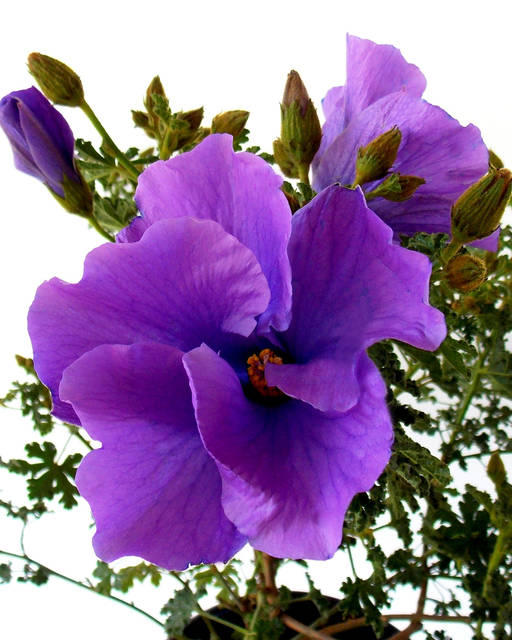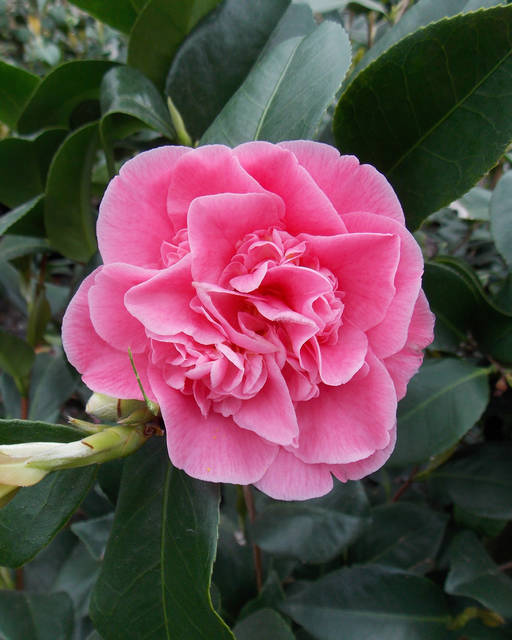As interest in eco-friendly products and methods grows, it’s no surprise that many artists and other creative types are planting natural dye gardens. ADVERTISING As interest in eco-friendly products and methods grows, it’s no surprise that many artists and other
As interest in eco-friendly products and methods grows, it’s no surprise that many artists and other creative types are planting natural dye gardens.
Low-cost and easy to grow, dye gardens can be planted just about anywhere. Over the centuries, popular plants used for dyes included indigo, madder and saffron. Tree tannins, lichen and fungi, as well as flowers, leaves, stems and even roots were also transformed into dyes.
Brian Parker of Home Depot says several plants easily grown in a home garden can produce lovely dyes, and he recommends experimenting with hues.
“Combining plants like hibiscus and lavender will yield richer colors — try experimenting, just as you would with paints,” he says. “Hibiscus is a great plant for a beautiful purple dye. Add lemon and salt when dyeing a camellia plant and you’ll get a bright pink, magenta color. Roses and lavender can bring out a brilliant pink dye with just a little mint and lemon juice. Marigolds and sunflowers produce shades of yellow; use both the stalks and the petals for the most potent color.”
Chris Dalziel is a gardener, homesteader and fiber artist in Greenwood, British Columbia.
“I recommend planning your garden around both perennials and annuals, with a thought to the colors that each plant gives,” she advises.
“Aim to have the three primary colors — blue, red, and yellow — represented in your garden in abundance. From these, the full rainbow of colors will be available to you.”
Chamomile, yarrow, goldenrod and coreopsis all yield different shades of yellow. “By planning for several yellows, you’ll also have many greens and oranges to choose from,” Dalziel says. (www.joybileefarm.com)
Owyn Ruck and Visnja Popovic, co-founders of New York’s Textile Arts Center, say the main thing is to plant what’s native to your area, so do some research. Not only are plants more likely to thrive in their native environment, but their color intensity is affected by conditions like sun exposure, moisture and temperature.
Plants also may produce different dye quantities at various points in their life cycles.
Good books on the gardening, foraging and actual dye-making experience include Ruck and Popovic’s “The Textile Artist’s Studio Handbook” (Quarry, 2012); Kristine Vejar’s “The Modern Natural Dyer: A Comprehensive Guide to Dyeing Silk, Wool, Linen and Cotton at Home” (Abrams, 2015); and Chris McLaughlin’s “A Garden to Dye For” (St. Lynn’s Press, 2014).
Vejar, of Oakland, California, discusses unusual nonflower natural dyes like onion, rhubarb and eucalyptus. McLaughlin, who also lives in Northern California, includes vegetables, such as black beans, red cabbage and beets.
Making dye from plants generally requires chopping them up, adding water and boiling them. Wear rubber gloves, and do your research before experimenting. Natural fibers like silk, cotton, wool and muslin take dye most successfully.




